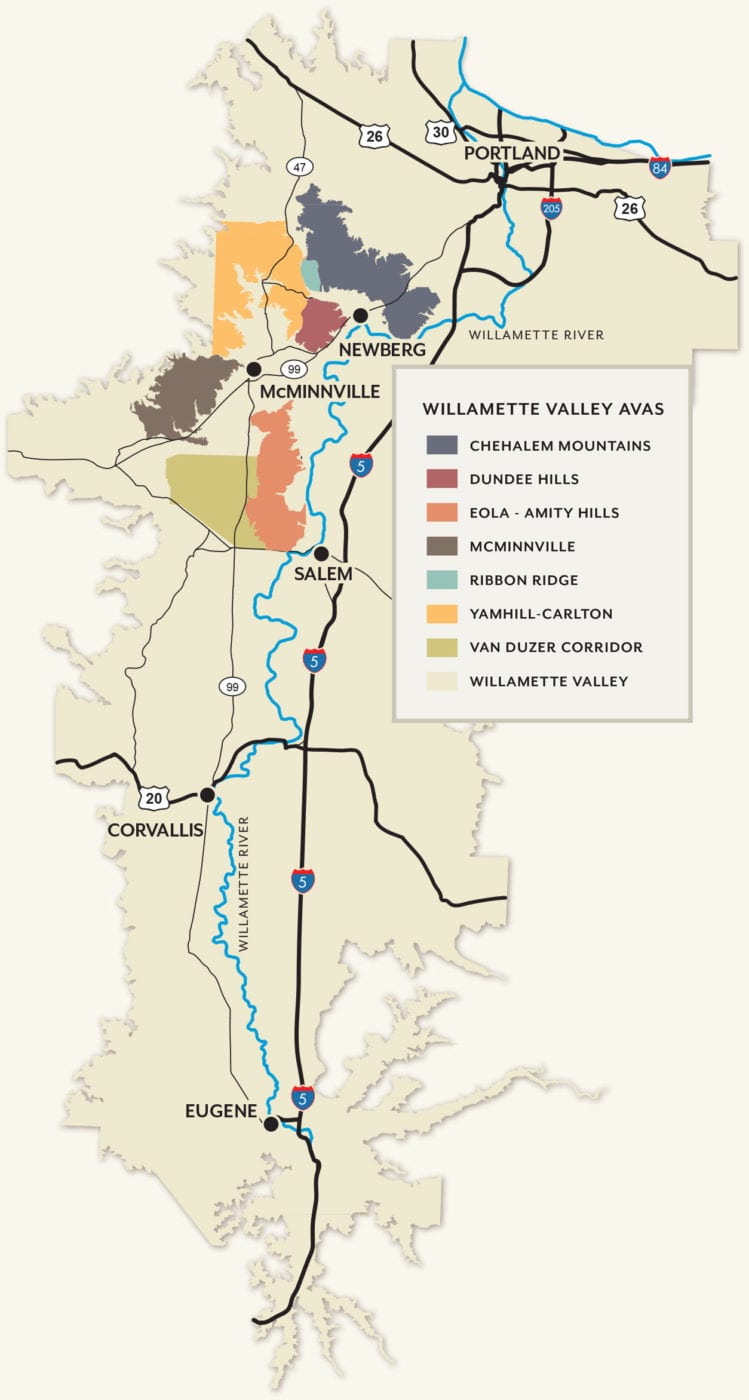Please The Palate Wine of the Week: Utopia Estate Pinot Noir, Ribbon Ridge AVA
Ribbon Ridge is the smallest AVA in Oregon. It is entirely contained within the Chehalem Mountains AVA in the Willamette Valley. The AVA includes 3,350 acres of land and approximately 500 acres are currently planted. There are approximately 34 vineyards and 11 wineries in the Ribbon Ridge AVA and one of them is Utopia Vineyard, a small, family owned winery producing only a few hundred cases of each wine each year and the Utopia Estate Pinot Noir is the Please The Palate wine of the week. Daniel Warnshuis began in the Bay Area. After college, he got a job with a company who's headquarters were in Oregon, and his boss, an amateur chef and wine collector, introduced him to wine. At 23 years of age, and based in Napa, he converted his laundry room into a wine cellar. He began importing wine in 1989 and then started an online retail cellar. While he was importing French wines, Daniel was also an early proponent of Oregon Pinot Noir before anyone else knew about it. He was known as the "pied piper of Oregon wine" in Napa.
Daniel Warnshuis began in the Bay Area. After college, he got a job with a company who's headquarters were in Oregon, and his boss, an amateur chef and wine collector, introduced him to wine. At 23 years of age, and based in Napa, he converted his laundry room into a wine cellar. He began importing wine in 1989 and then started an online retail cellar. While he was importing French wines, Daniel was also an early proponent of Oregon Pinot Noir before anyone else knew about it. He was known as the "pied piper of Oregon wine" in Napa.
29 January, 2020




